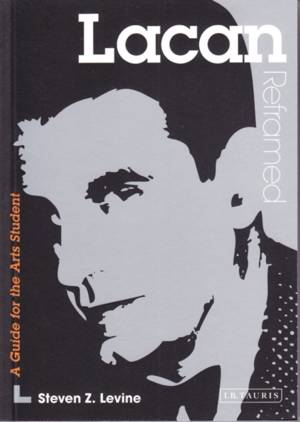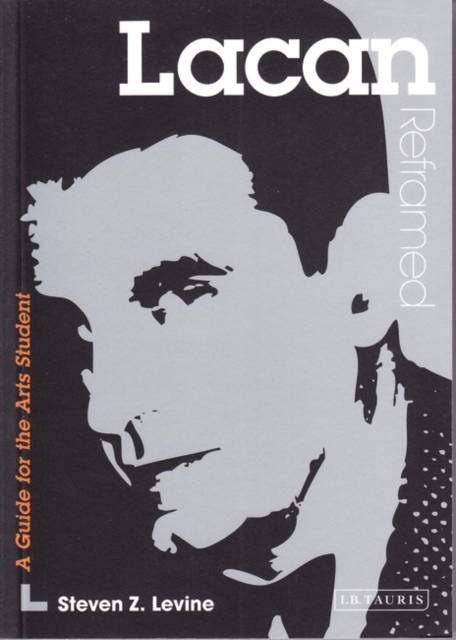
- Afhalen na 1 uur in een winkel met voorraad
- Gratis thuislevering in België vanaf € 30
- Ruim aanbod met 7 miljoen producten
- Afhalen na 1 uur in een winkel met voorraad
- Gratis thuislevering in België vanaf € 30
- Ruim aanbod met 7 miljoen producten
Zoeken
Omschrijving
Are your students baffled by Baudrillard? Dazed by Deleuze? Confused by Kristeva? Other beginners' guides can feel as impenetrable as the original texts to students who 'think in images'. "Contemporary Thinkers Reframed" instead uses the language of the arts to explore the usefulness in practice of complex ideas. Short, contemporary and accessible, these lively books utilise actual examples of artworks, films, television shows, works of architecture, fashion and even computer games to explain and explore the work of the most commonly taught thinkers. Conceived specifically for the visually minded, the series will prove invaluable to students right across the visual arts. Single-handedly responsible for the influential and ominous notion of 'the gaze', quoted by everybody yet fully understood by few, Lacan's work can be difficult to grasp. Going back to basics, this introduction guides the reader through Lacan's key concepts by looking at art from the Mona Lisa through to Bridget Riley's paintings, and by looking afresh at key works discussed by Lacan himself, from Holbein's famous 'The Ambassadors' to Velazquez's 'Las Meninas'.
Making sense of Lacan's sometimes convoluted style, this highly readable introduction to one of the most frequently quoted thinkers also explores the reasons why human beings make - and look at - art.
Making sense of Lacan's sometimes convoluted style, this highly readable introduction to one of the most frequently quoted thinkers also explores the reasons why human beings make - and look at - art.
Specificaties
Betrokkenen
- Auteur(s):
- Uitgeverij:
Inhoud
- Aantal bladzijden:
- 168
- Taal:
- Engels
- Reeks:
Eigenschappen
- Productcode (EAN):
- 9781845115487
- Verschijningsdatum:
- 1/07/2008
- Uitvoering:
- Paperback
- Formaat:
- Trade paperback (VS)
- Afmetingen:
- 122 mm x 170 mm
- Gewicht:
- 158 g

Alleen bij Standaard Boekhandel
+ 88 punten op je klantenkaart van Standaard Boekhandel
Beoordelingen
We publiceren alleen reviews die voldoen aan de voorwaarden voor reviews. Bekijk onze voorwaarden voor reviews.








